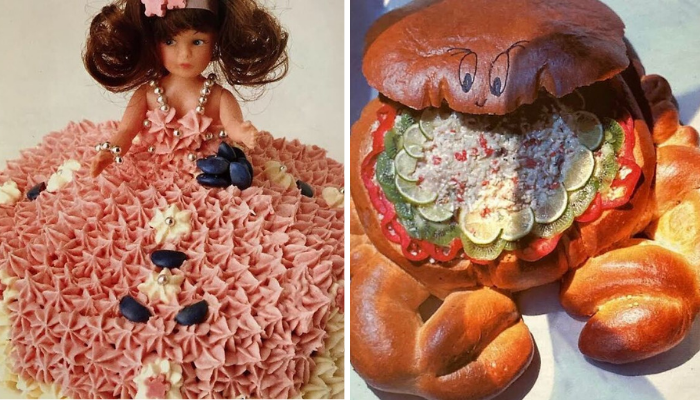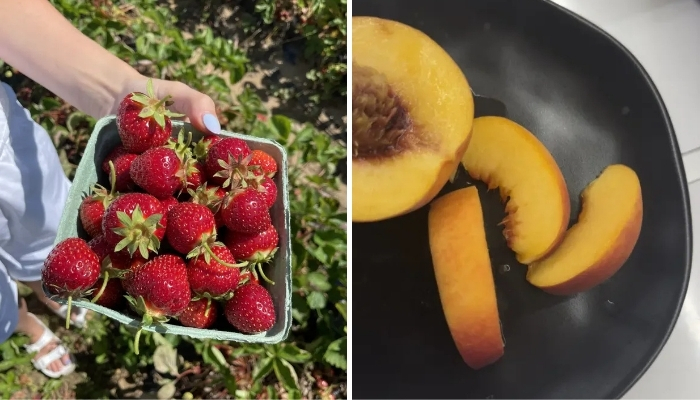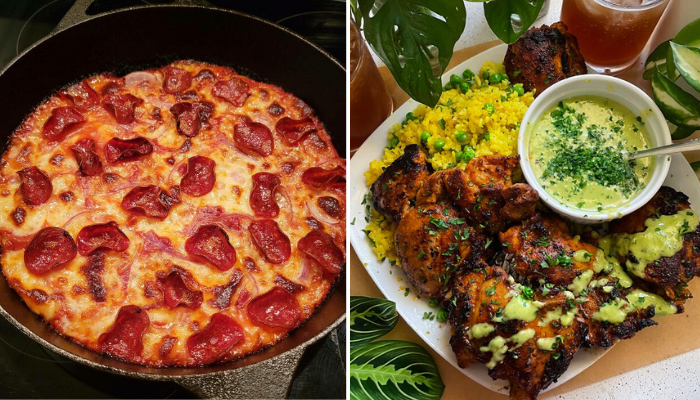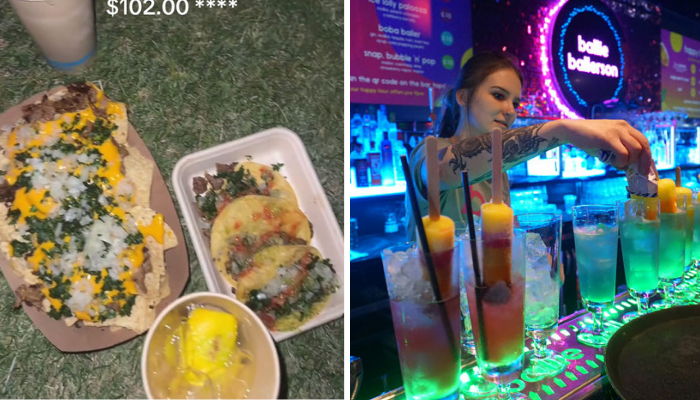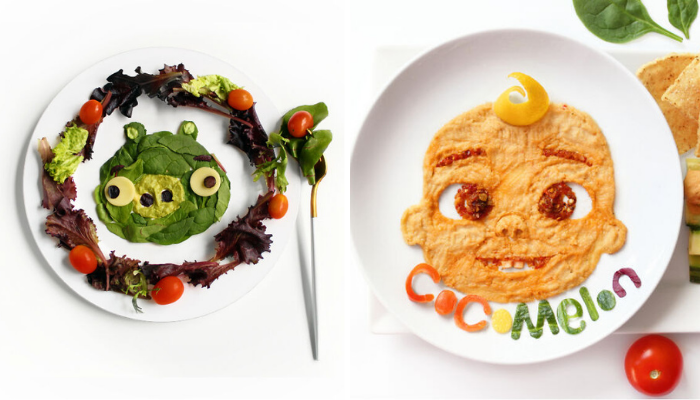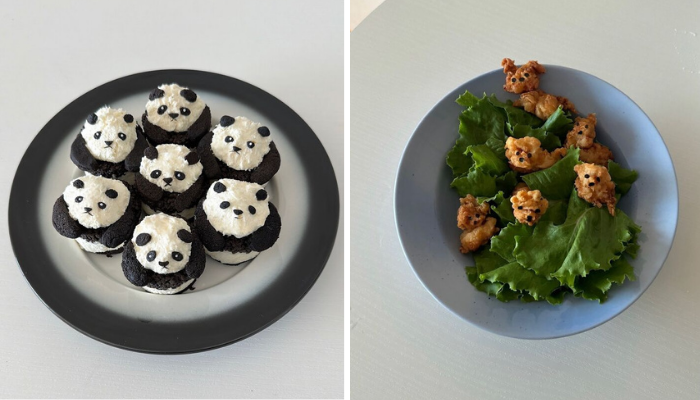30 Hilarious Retro Food Photos That’ll Leave You Shocked and Amazed
Strange food trends aren’t anything new — people have been coming up with weird dishes for decades. A lot of these unusual meals even showed up in old cookbooks and vintage food magazines. And today, you’re getting a little taste of that quirky food history.
We’ve rounded up some of the funniest vintage food photos from two awesome Instagram pages: Vintage Food Photography and Cursed Cookbooks. Expect sweet treats with creepy faces, sandwiches shaped in the weirdest ways, and flavor combos so odd they’ll make you look twice.
Advertisement – Continue Reading Below
So scroll through and enjoy this blast from the past — a fun mix of retro cooking fails, vintage recipes, and bizarre food creations that prove people have always been a little wild in the kitchen.
#1
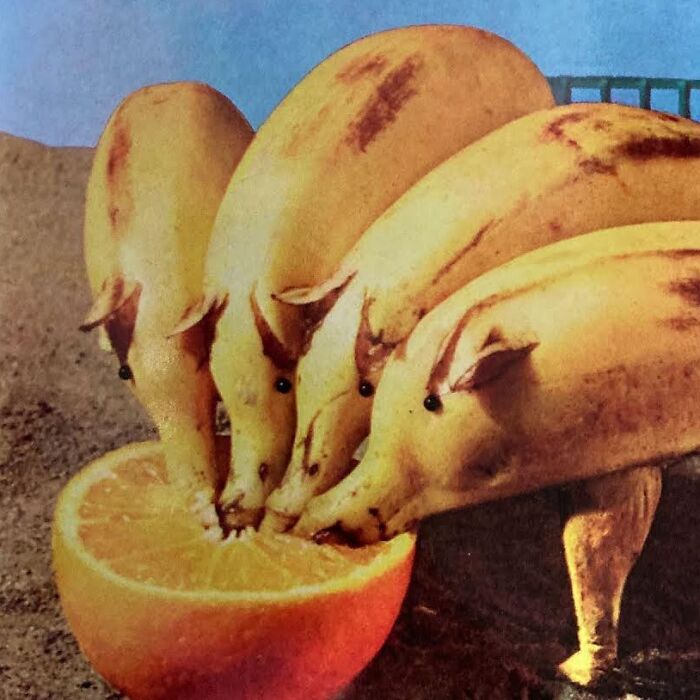
Advertisement – Continue Reading Below
#2

Advertisement – Continue Reading Below
#3

Advertisement – Continue Reading Below
According to Bon Appétit, strange food trends are nothing new. They actually started blowing up back in the 1920s during Prohibition, when alcohol was banned and people’s eating habits had to shift.
Instead of the classic starters like oysters with Champagne, hosts started serving fruit cocktails topped with marshmallows or even powdered sugar. And nope — these weren’t desserts. Believe it or not, they were actually served as appetizers at fancy dinner parties.
It just proves that unusual food combinations and odd culinary trends have always been part of the food world. From vintage recipes to today’s viral TikTok snacks, people have always loved experimenting with weird flavors.
#4
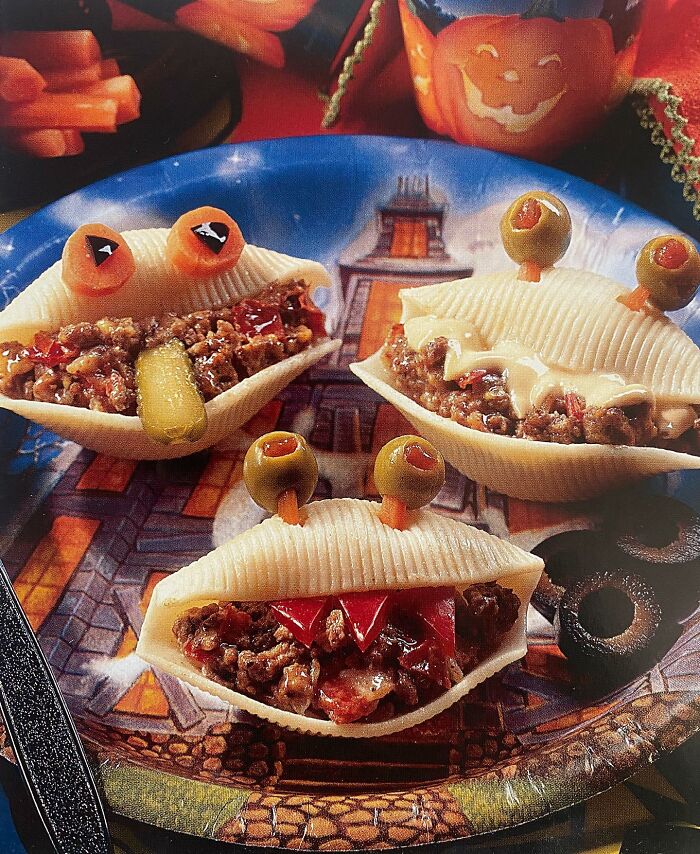
Advertisement – Continue Reading Below
#5
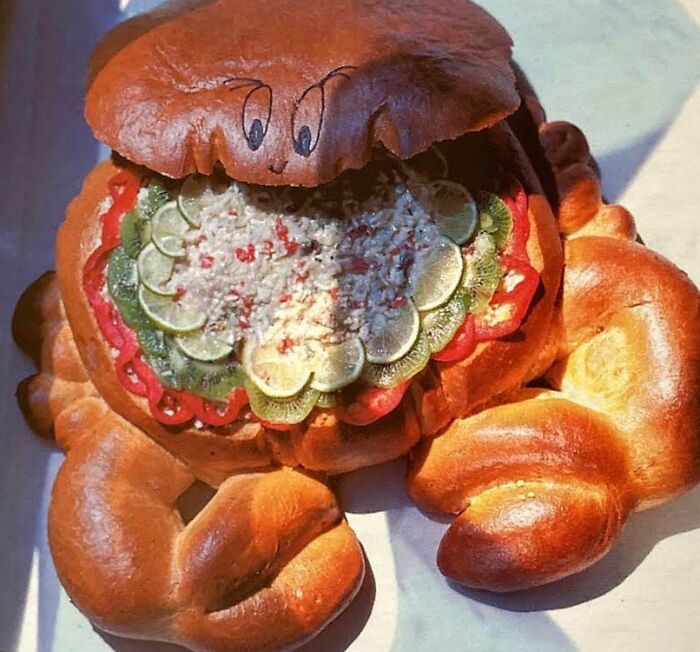
Advertisement – Continue Reading Below
#6
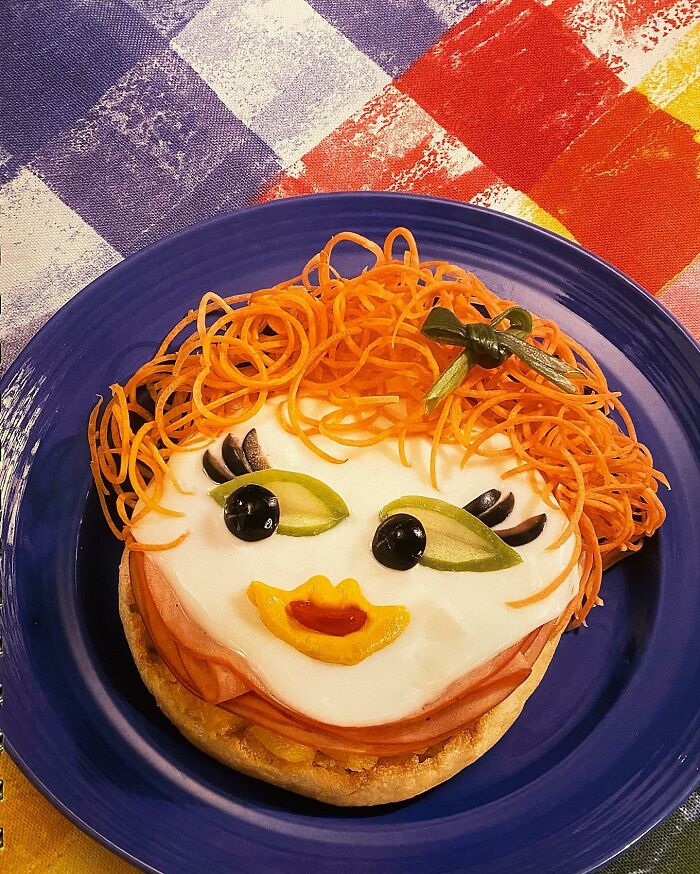
Advertisement – Continue Reading Below
Two decades later, during the Great Depression and World War II, food trends shifted again. This time, it was all about cheap, filling, and long-lasting foods — especially processed meat.
That’s when SPAM hit the shelves. The canned meat quickly became a staple for soldiers during the war, and soon after, civilians started cooking with it too. People got creative — making everything from fried SPAM sandwiches to the infamous fruit cocktail-SPAM loaf.
Advertisement – Continue Reading Below
Over time, SPAM turned into more than just survival food. It became both a kitchen staple and a pop culture joke, showing up in movies, memes, and even high-end recipes.
This little moment in culinary history proves how tough times shaped food trends and introduced iconic products that are still sitting on grocery store shelves today.
#7

Advertisement – Continue Reading Below
#8
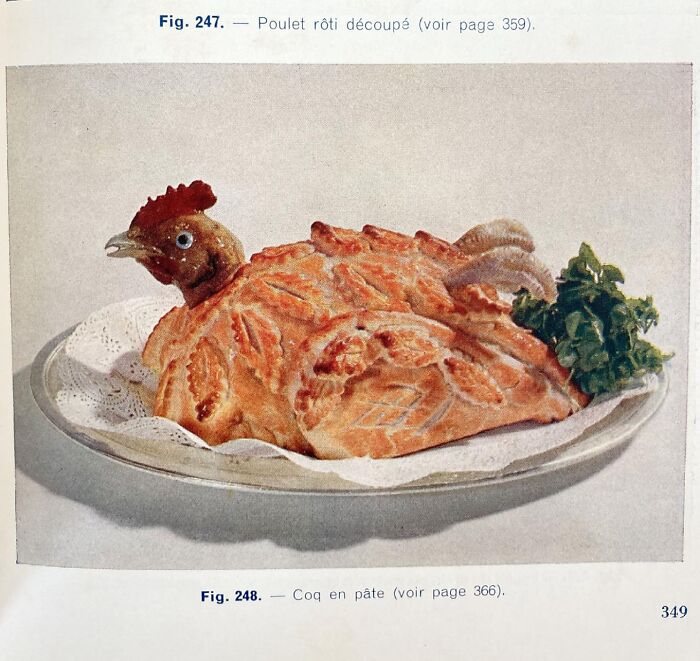
Advertisement – Continue Reading Below
#9

Advertisement – Continue Reading Below
These days, casseroles are the ultimate comfort food, but back in the 1950s they were seen as something new and kind of unusual. Most of them were built with processed foods that were just becoming popular in post-war kitchens — think canned tuna, condensed soup, tater tots, and frozen veggies.
The end result? A dish that sometimes looked more like mush or glue than dinner. But people loved it. Casseroles quickly became a hit at church gatherings, potlucks, and family reunions. And honestly, they’re still a staple on American dinner tables today.
This trend was more than just a quirky recipe fad. It marked a big shift in 1950s food culture — showing how convenience products shaped the way Americans thought about quick, hearty meals. From retro casserole recipes to today’s modern twists, this classic dish has stuck around for generations.
#10
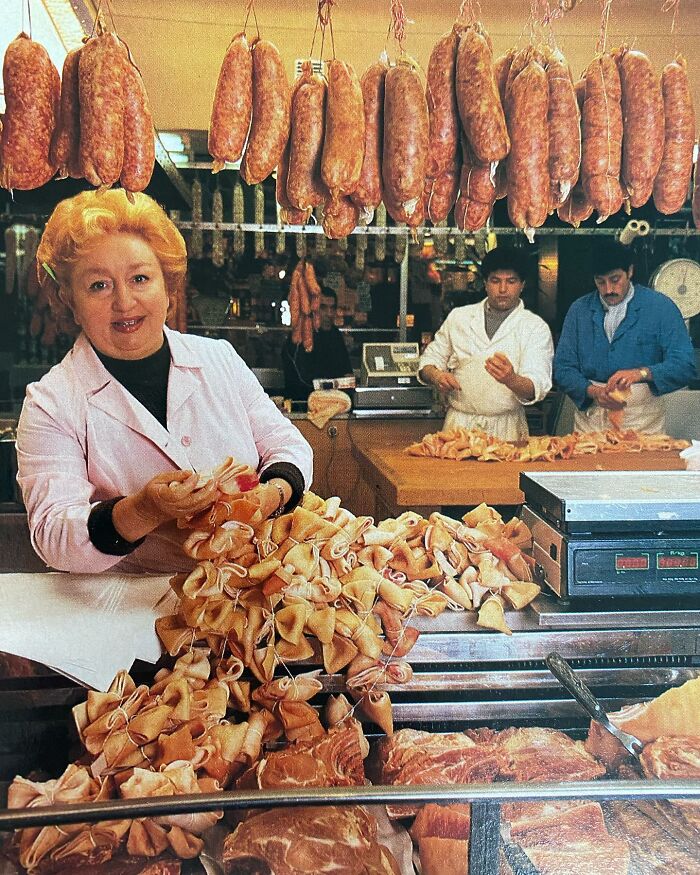
Advertisement – Continue Reading Below
#11
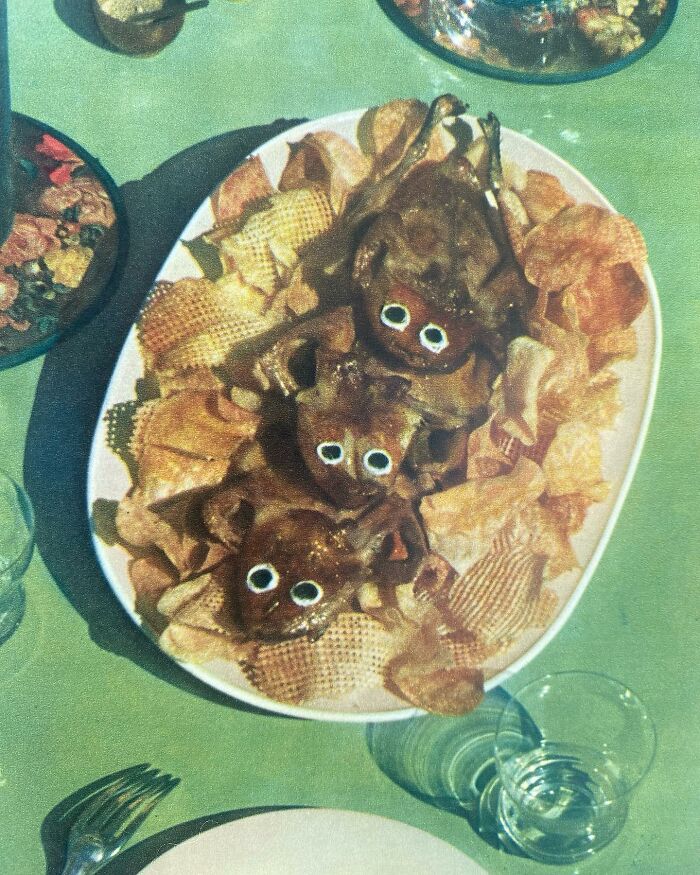
Advertisement – Continue Reading Below
#12
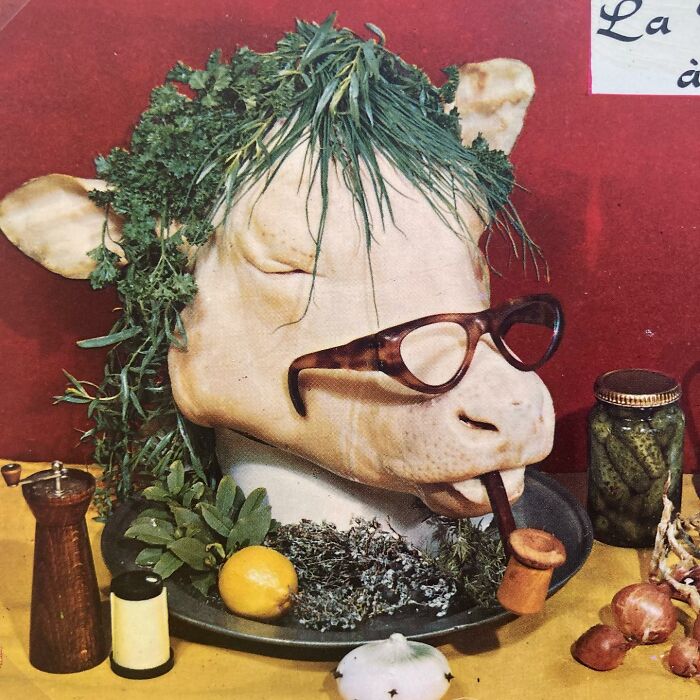
Advertisement – Continue Reading Below
By the 1960s, instant meals were the next big thing in American kitchens. This was the era that gave us freeze-dried coffee, powdered cheese, and instant mashed potatoes — all designed to cut cooking time and make life easier.
Products like Easy Cheese, Bac-Os bacon bits, and Cool Whip might have looked and tasted a little like science experiments, but they quickly became household staples. And funny enough, a lot of these processed foods are still around today.
The big focus of 1960s food trends was speed, convenience, and longer shelf life. Families wanted meals they could whip up fast, and brands delivered. That mindset shaped modern convenience cooking and influenced how we still shop, cook, and eat today.
Advertisement – Continue Reading Below
#13
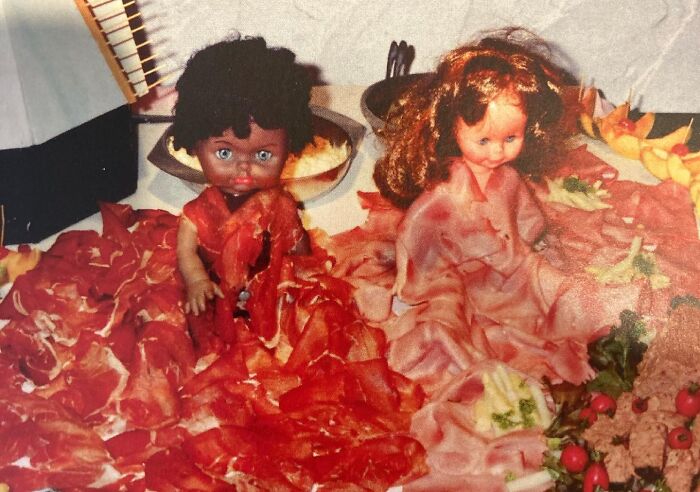
Advertisement – Continue Reading Below
#14

Advertisement – Continue Reading Below
#15

Advertisement – Continue Reading Below
In the 1970s, fondue was the ultimate party food. Dipping bread, fruit, or meat into bubbling cheese or rich chocolate sounded fancy and fun — but not everyone loved it.
People stressed about double dipping, messy spills, and the thought of everyone sharing the same communal pot. For some, it felt less like a treat and more like a health risk waiting to happen.
To fix that, a Canadian design company came up with the chocolate fountain — a sleek, modern twist on the fondue idea. It solved some problems but brought new ones too, like trying to dip a banana without making a total mess or ruining your shirt.
Still, both fondue pots and chocolate fountains became iconic symbols of 1970s food trends and retro party food. Even today, they’re remembered as classics from the era of shag carpets and dinner parties.
#16

Advertisement – Continue Reading Below
#17
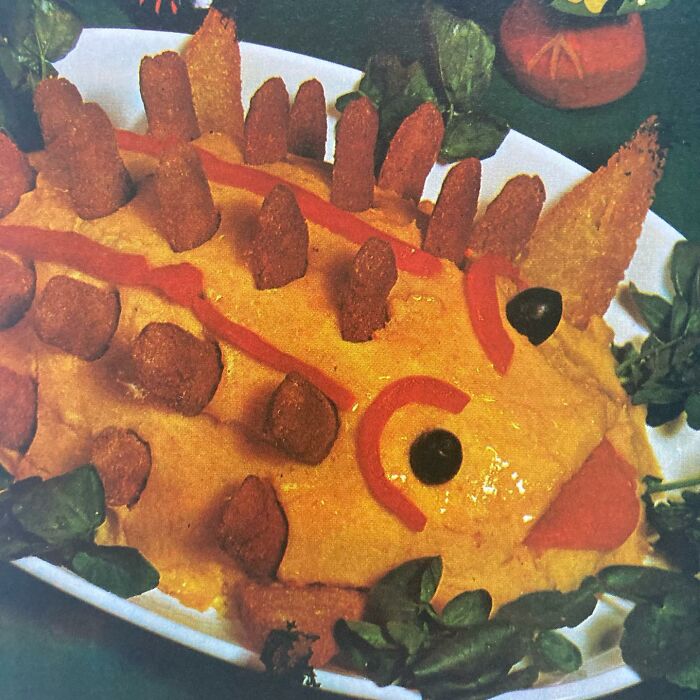
Advertisement – Continue Reading Below
#18
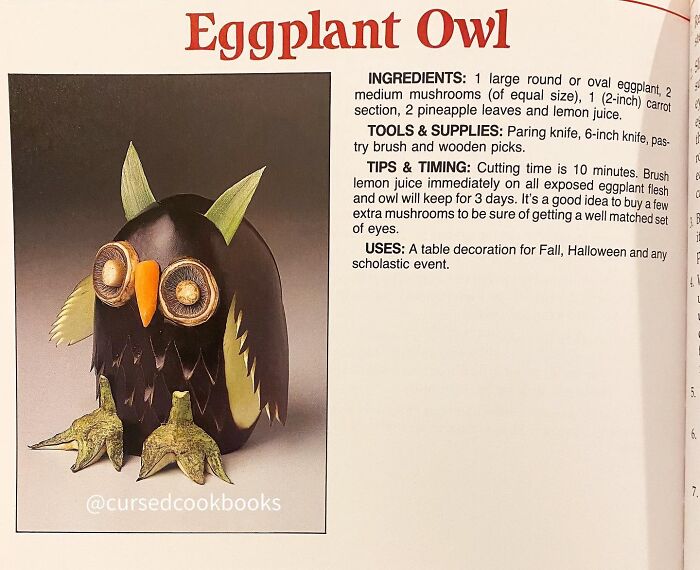
Advertisement – Continue Reading Below
Back in the 1990s, food trends took a big turn toward dieting. Everyone was chasing low-fat snacks and “guilt-free” treats. Even the biggest potato chip brands jumped on board, releasing so-called healthier chips for people trying to lose weight.
The secret ingredient? Olestra — a fat substitute with zero calories. At first, it seemed like a miracle for the diet food industry. But then the side effects hit… and let’s just say stomach troubles became part of the story.
Still, the FDA gave Olestra the green light as a legal food additive, and technically, it’s still allowed today. This whole chapter in 1990s food trends shows just how far the food industry was willing to go to meet the demand for diet-friendly products and quick weight loss snacks.
#19
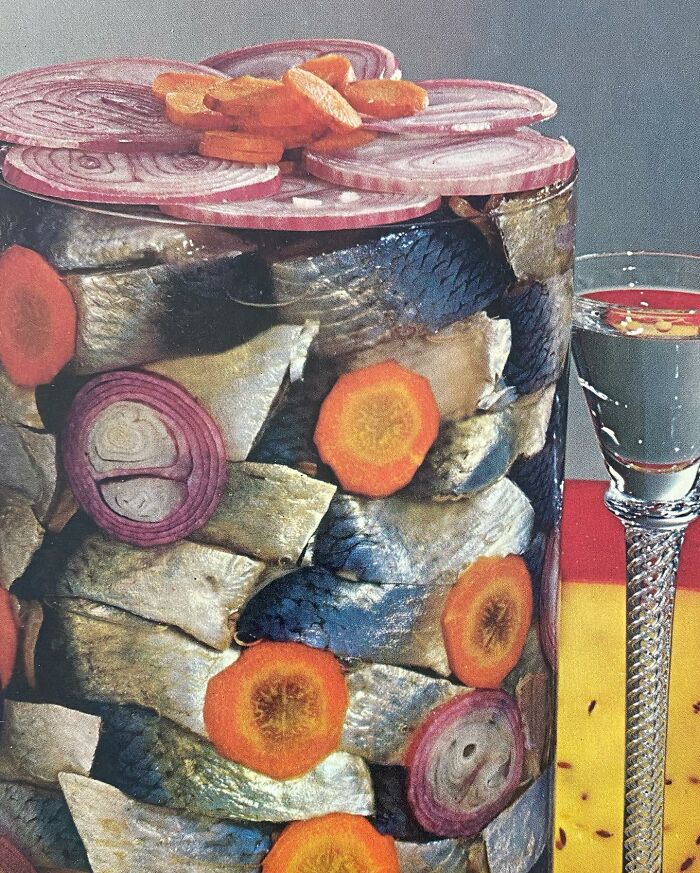
Advertisement – Continue Reading Below
#20
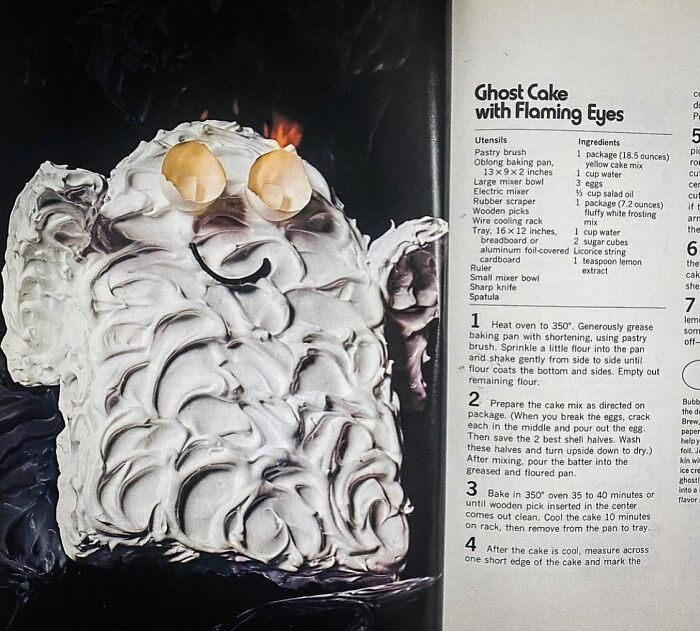
Advertisement – Continue Reading Below
#21
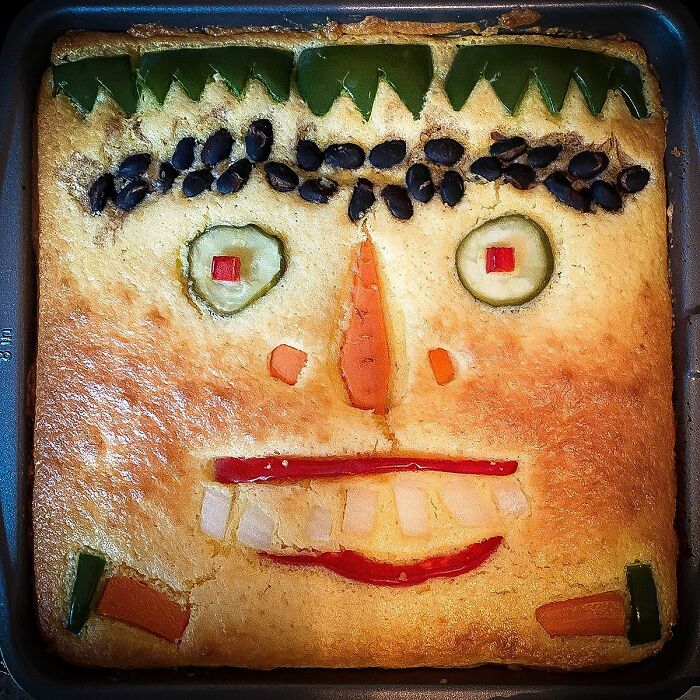
Advertisement – Continue Reading Below
By the 2010s, weird food pairings were everywhere. This decade was all about mixing sweet and savory in bold, surprising ways — and nothing showed it off better than the rise of bacon-wrapped recipes.
Advertisement – Continue Reading Below
People were wrapping bacon around everything. Chocolate bars, maple cupcakes, gumballs, even bacon lollipops. What started out sounding gross to some quickly turned into a full-on viral food craze.
These wild 2010s food trends prove just how creative kitchens had gotten. Sweet and salty combos, experimental snacks, and over-the-top foodie culture made this era unforgettable for anyone chasing unusual food pairings and the next big flavor mashup.
#22
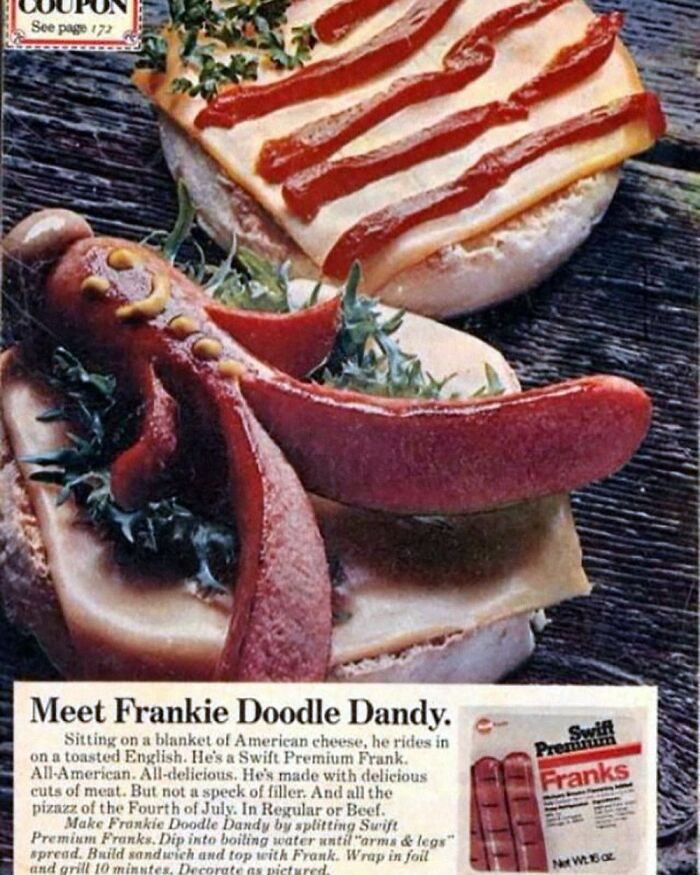
Advertisement – Continue Reading Below
#23
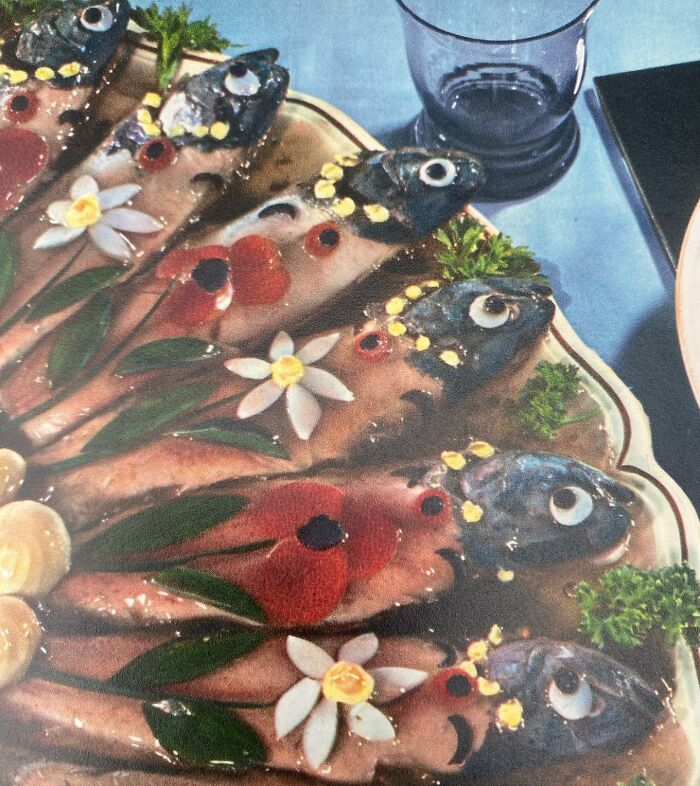
Advertisement – Continue Reading Below
#24
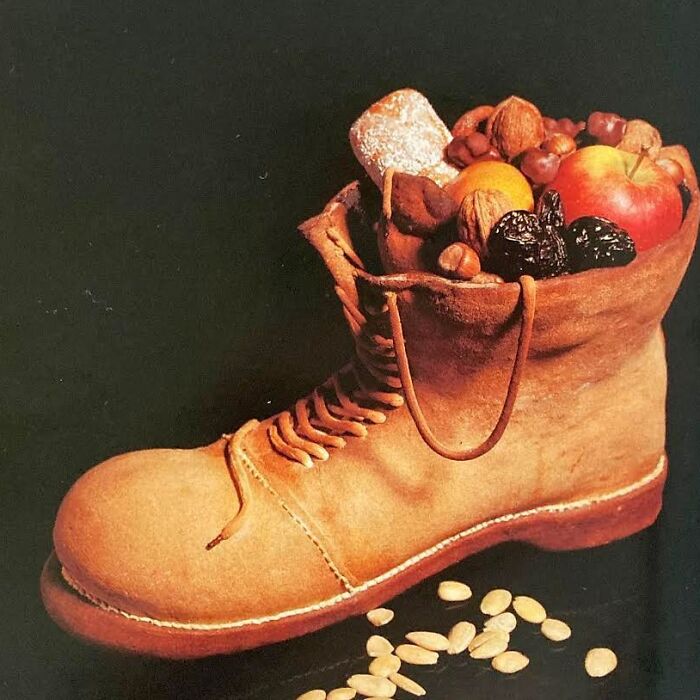
Advertisement – Continue Reading Below
Compared to the over-the-top trends of past decades, 2020s food trends feel a little more chill — but still super creative. One dish that’s standing out right now is Pinsa, often called a healthier alternative to pizza.
Pinsa dough is made from a blend of soy, wheat, and rice flour. That mix makes it lighter, easier to digest, and lower in calories compared to regular pizza crust. Even though this style of baking has been around in Italy for over a century, it only really blew up in the modern food scene during the 2020s.
With more people searching for healthy pizza alternatives and better-for-you comfort foods, Pinsa is becoming a go-to favorite for health-conscious eaters. It’s basically the perfect mix of tradition and trend in modern Italian food.
#25
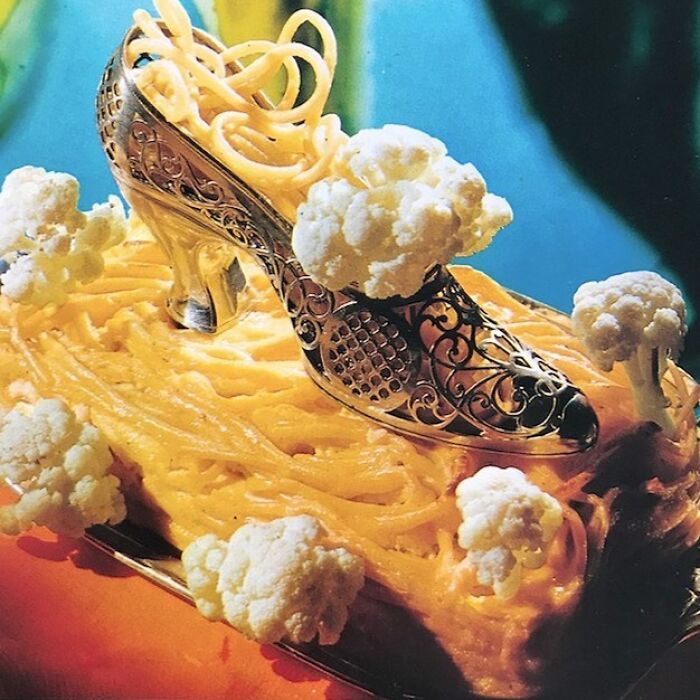
Advertisement – Continue Reading Below
#26
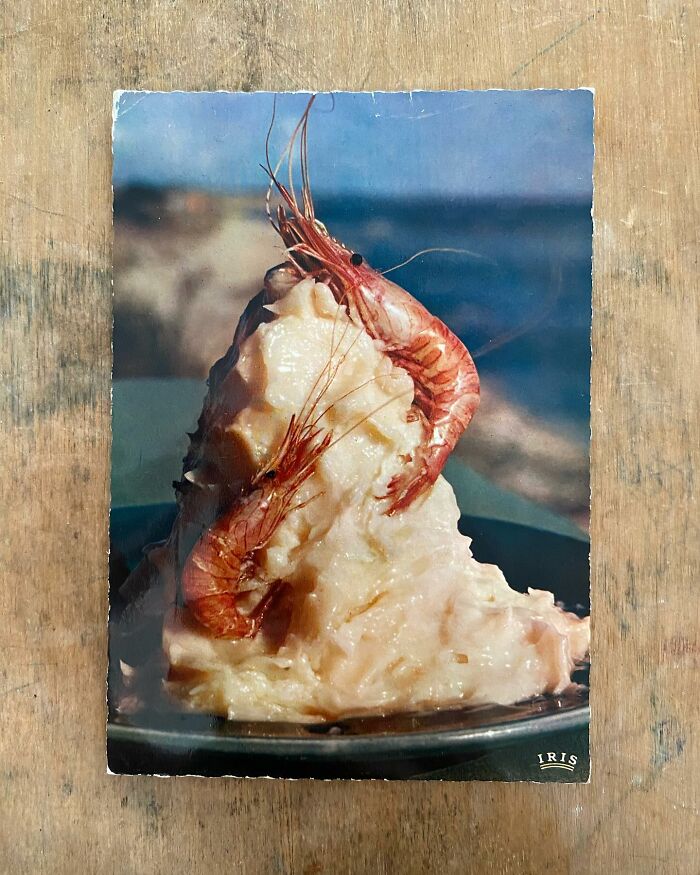
Advertisement – Continue Reading Below
#27
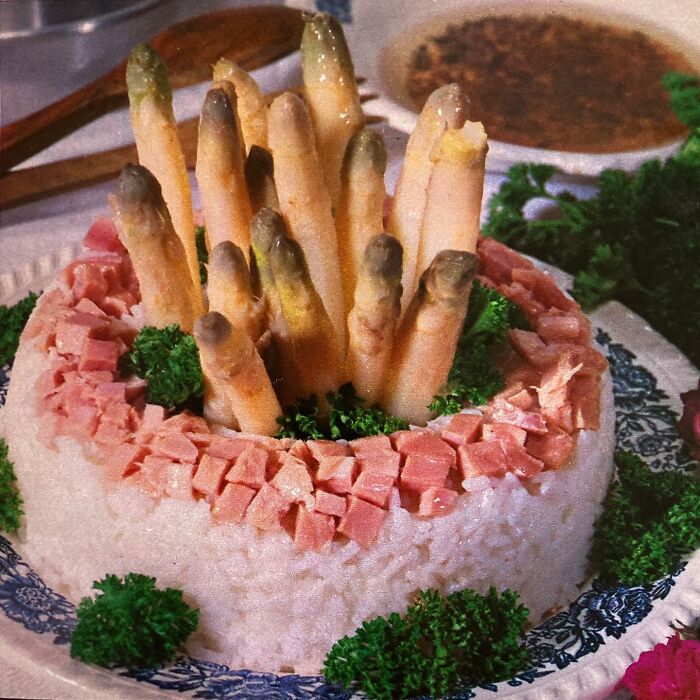
Advertisement – Continue Reading Below
#28
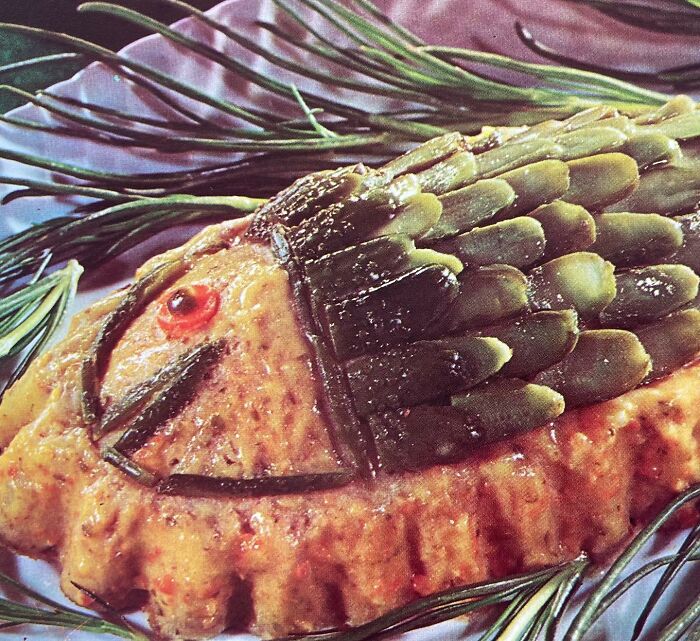
Advertisement – Continue Reading Below
#29
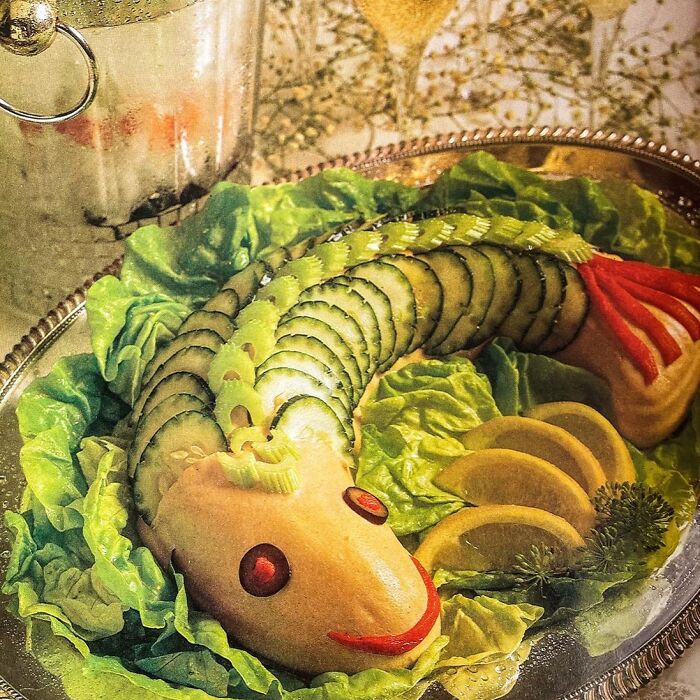
Advertisement – Continue Reading Below

